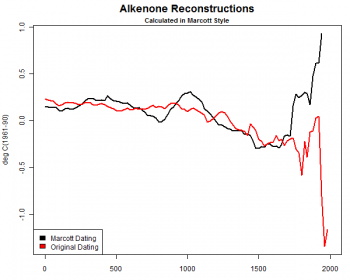Despite the failure of any climate model to predict the climate, the Obama administration is increasing the cost and strictness of regulation because of what it sees as the “social cost of carbon dioxide.”
Despite the failure of any climate model to predict the climate, the Obama administration is increasing the cost and strictness of regulation because of what it sees as the “social cost of carbon dioxide.”
[E]ssentially, the government is now incorporating newer climate models that capture the future damage from sea-level rise more explicitly. Those models also project that agriculture will suffer more heavily in a hotter world. So, in its central estimate, the federal government now assumes a ton of carbon-dioxide emitted in 2013 does roughly $36 in damage, rather than its previous estimate of $22, with the value rising each year.
Meanwhile, new data also suggests increased carbon dioxide in the atmosphere might actually be beneficial, not damaging.
Shouldn’t the EPA and the Obama administration get their heads out of the sand?
Despite the failure of any climate model to predict the climate, the Obama administration is increasing the cost and strictness of regulation because of what it sees as the “social cost of carbon dioxide.”
[E]ssentially, the government is now incorporating newer climate models that capture the future damage from sea-level rise more explicitly. Those models also project that agriculture will suffer more heavily in a hotter world. So, in its central estimate, the federal government now assumes a ton of carbon-dioxide emitted in 2013 does roughly $36 in damage, rather than its previous estimate of $22, with the value rising each year.
Meanwhile, new data also suggests increased carbon dioxide in the atmosphere might actually be beneficial, not damaging.
Shouldn’t the EPA and the Obama administration get their heads out of the sand?

